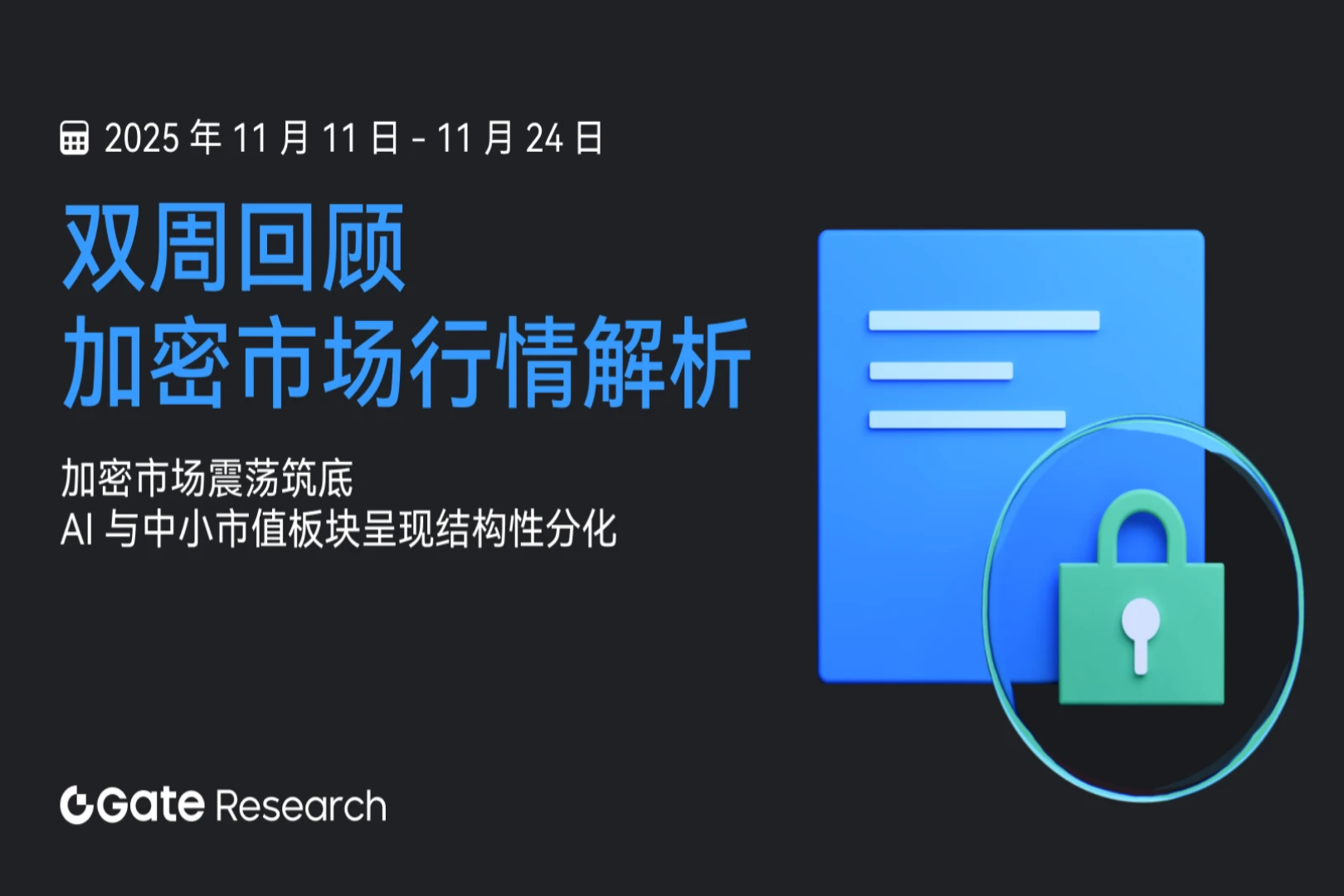Why did the New York Stock Exchange invest $2 billion in Polymarket?
- 核心观点:纽交所投资预测市场预示金融范式转移。
- 关键要素:
- 传统金融首次将概率纳入定价体系。
- 预测市场年交易量超160亿美元。
- 基于以太坊构建可验证信任机制。
- 市场影响:推动金融基础设施与Web3深度融合。
- 时效性标注:长期影响
Original title: Why the NYSE invested $2 billion into polymarket
Original author: binji, Ethereum Foundation researcher
Original translation: Ismay, BlockBeats
Editor's Note:
On October 7, the Wall Street Journal reported that Intercontinental Exchange (ICE), the parent company of the New York Stock Exchange, is close to investing $2 billion in the decentralized prediction market platform Polymarket. This may not only become one of the largest private financings in the history of the crypto field, but also mark the deep intersection of traditional financial infrastructure and Web 3 market forms.
Against the backdrop of Bitcoin being incorporated into corporate treasuries and stablecoins becoming global clearing assets, ICE's investment points to a broader theme: the redefinition of market boundaries. If financial markets in the past priced "assets," Polymarket represents a new order that prices "beliefs" and "expectations."
This article attempts to interpret the logic behind this investment - why an exchange that controls a market value of $29 trillion would bet on a new market native to the crypto world and centered on "prediction", and what this means for the next paradigm shift in the global price discovery system.
The following is the original content:
The infrastructure that underpins the $29 trillion stock market is now extending into a broader realm - a market that can not only price assets but also price "understanding."
It was the largest private investment in a crypto company ever. But it was something more profound: It was a statement—a declaration that the market itself was evolving.
origin
The New York Stock Exchange (NYSE) is the world's largest stock exchange, with a total market capitalization of approximately $29 trillion. This significant move demonstrates that the NYSE believes the market's approach to expansion is changing—not just through growth in scale and trading volume, but also through a reshaping of its participant structure.
They saw a whole new group of investors whose trading methods, information sources, and behavioral logic were completely different from those of traditional traders. This new generation of investors no longer sat at the trading desk; they lived on the internet.
In today's economy, a single tweet can sometimes move stock prices more than a quarterly earnings report. Narratives, memes, and collective sentiment are now part of price discovery. This means that "regular people," through their attention, discussion, and belief data, can influence the market more than ever before.
Prediction markets transform belief itself into a tradable asset. They allow people to bet on events they already care about—elections, policy, AI breakthroughs, sports, climate—rather than the quarterly results of a company they have no interest in.
When markets become more interconnected, more people can participate. Not just analysts or hedge funds, but anyone with a sense of the future – and the global economy becomes more democratic.
This is a revolution that removes financial "thresholds".
But the story doesn't end there
The NYSE is not only investing in the prediction market, but also investing in a new "data form".
What they want is event-driven data.
For the first time, financial infrastructure can carry probabilities alongside prices. Polymarket's markets generate real-time odds on real-world events: elections, policy decisions, macroeconomic data, even celebrity endorsements—all of which can predict sentiment before they impact financial reports.
Under the agreement, NYSE's parent company, Intercontinental Exchange (ICE), will distribute this data stream globally, feeding both "beliefs" and "capital flows" into the pipelines that transmit stocks and derivatives. This changes the structure of market intelligence: beliefs become measurable, and reflexivity becomes modelable.
You can imagine:
1. Macro traders track changes in the probability of rate cuts;
2. Stock analysts will superimpose event odds onto earnings expectations;
3. The quantitative team will use "belief fluctuations" to hedge portfolio risks.
This is the first institutional-level bridge in financial history that connects "attention" and "price" - a financial data set that not only describes "what has happened" but also reveals "what may happen" and is being widely adopted.
Why Polymarket and not others?
This new market structure introduces a new risk: information distortion. When information spreads faster than it can be verified, trust collapses.
This is the core advantage of Polymarket. It is not a market that relies on centralized trust, but an open system built on verifiable trust.
For prediction markets to truly work, there must be a common verification foundation—a place where all results, transactions, and settlements can be independently verified. The question is: when attention starts to drive capital, who will ensure honesty?
To this end, Polymarket is built on Ethereum's trust layer (Trustware) and extended through Polygon. Ethereum's trust mechanism ensures that every transaction, every settlement, and every market outcome can be verified, without relying on the subjective discretion of centralized institutions.
What's next
Over the past year, Polymarket has seen over $16 billion in trading volume and over 250,000 monthly active users. While some believe its popularity will wane after the election cycle, trading volume remains strong. As market depth grows, the platform is poised to launch more financial instruments:
- Conditional event contracts
- Earnings Results Market
- Macro datapoint ladders
- and more experimental governance mechanisms (such as Futarchy, where decisions are guided by market odds)
Evolution of market patterns
By supporting Polymarket, the NYSE is effectively acknowledging that the “market landscape” itself is evolving.
The foundation of the ICE empire is clearing, settlement, and exchange technology. In Polymarket, it sees the next frontier:
A digitally native, socially driven, open and verifiable market system - yet still built on a transparent, secure, and globally scalable trust architecture, which is completely consistent with the principles that ICE has always pursued.
Future exchanges will price beliefs, probabilities, and truths.



